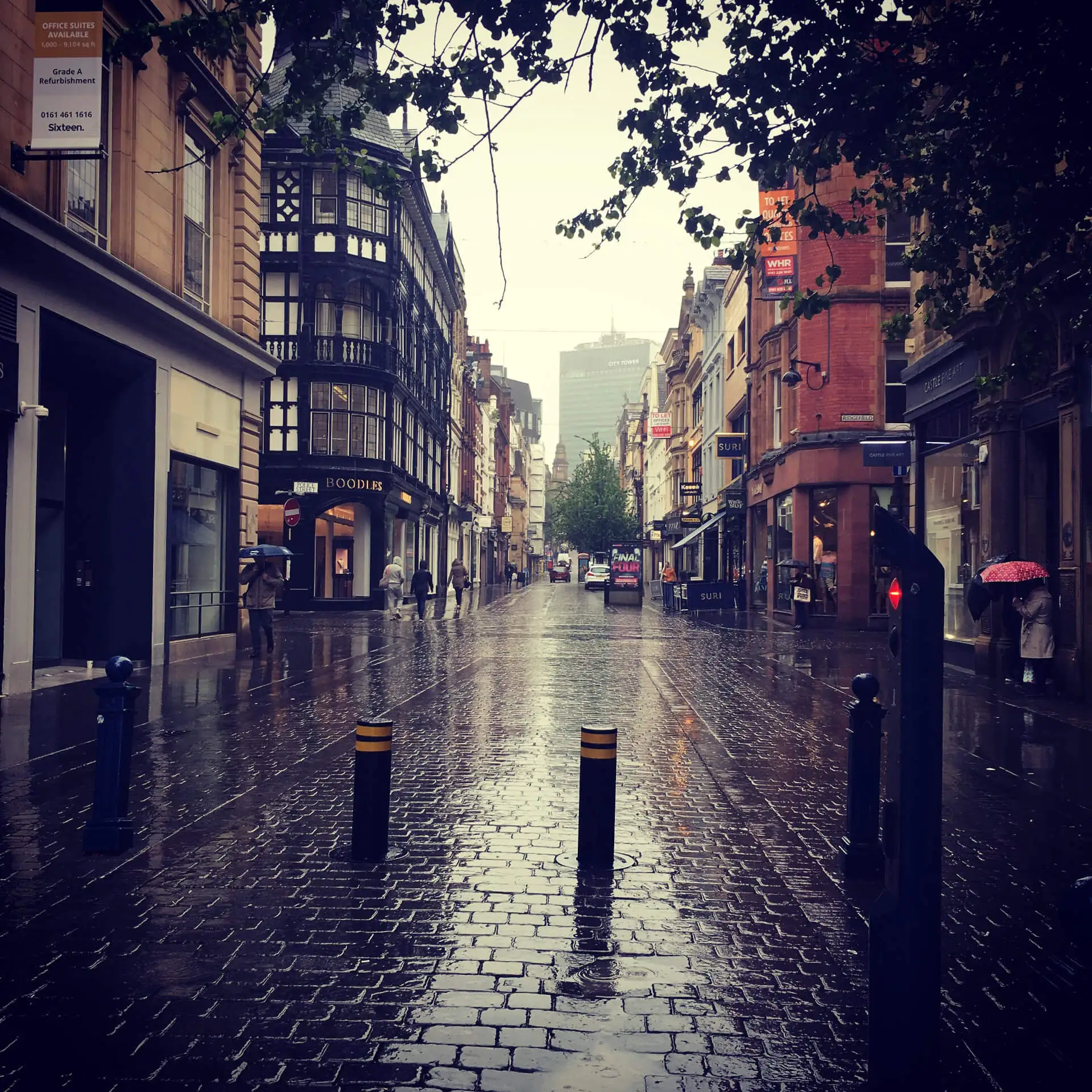this post was submitted on 19 Jul 2023
170 points (99.4% liked)
Raining
286 readers
46 users here now
All things related to rain are welcome. Want to post a weather forecast? A puddle? A raindrop on a window? Does it look like it might rain soon? Or it just finished? We love the rain, and we welcome it all.
Image credits
- Banner is Soft Rain by Sandara
- Icon is (no idea, it was here when I moved in)
founded 2 years ago
MODERATORS
you are viewing a single comment's thread
view the rest of the comments
view the rest of the comments

After 8 months in Manchester I came back to Denmark and something was off, seemed off.
The roads were dry, hadn't seen that in a while 🙂
Loved the city and the weather, in general, though.
Copenhagen averages 170 days of rain per year. Manchester 152. Manchester rains harder though, at 86cm/year vs Copenhagen's 61.
I don't live in Copenhagen 🙂 it was my experience regardless of statistics, though. Could just be a month of rain in Manchester before we went home, but who knows. It always just seemed like it had just drizzled a bit.
Iirc this is why Manchester became an industrial city in the first place. It is easier to work with wool when it's humid, and so the spinneries were out in Oldham which is very humid and also in a good spot for collecting the wool from Lancashire. The weaveries were then placed a short distance from there in Manchester, and the cloth was shipped out from Liverpool.
Odense 162
Aarhus 167
aalborg 173
Billund 123
Herning 178
Esbjerg 128
Skagen 158
Ringkobing 180
I guess there are a couple of very specific areas that might have less, but overall the country has more rain than Manchester. I do believe Manchester likely gets more rain on those rainy days though. You may have a lot more 'spitters' in Denmark than you do in the UK.
Cotton mostly, not wool, hence Manchester's old nickname of Cottonopolis. Wool tended to go east to Yorkshire, where it was worked in Halifax, Bradford and Leeds. Yorkshire has a lot of sheep, and used to have even more. But otherwise yes, you are correct. The damp climate of North-West England was an important part of it becoming dominant in the 19th century cloth trade, because it made the fibres easier to work with. Cotton fibres are a serious fire risk if they are dry.